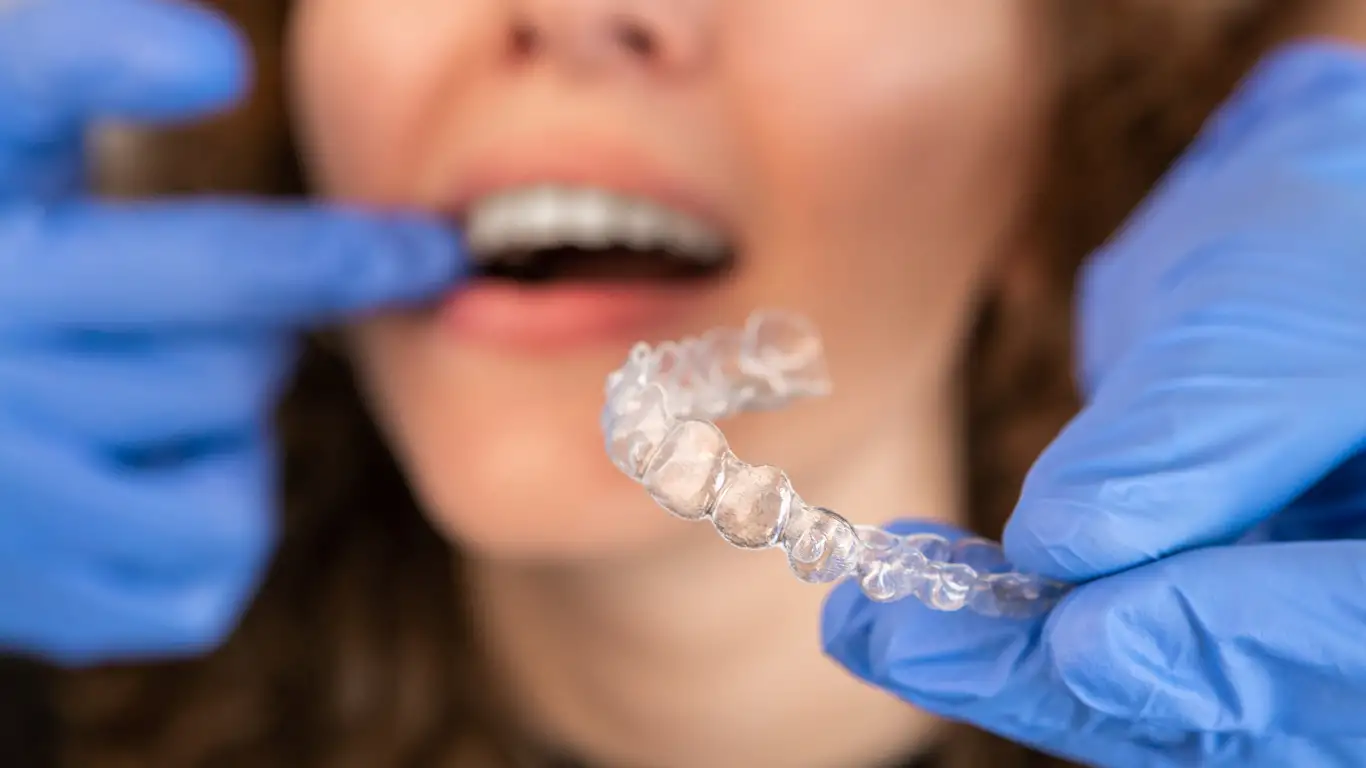Understanding Braces and Dental Splints: Types, Costs, and Benefits
Braces and dental splints are essential orthodontic tools used to correct teeth alignment and protect oral structures. While both serve important purposes in dental health, they differ in their applications and costs. This article will explore the various types of braces and dental splints, their pricing, and how they can benefit your oral health.

What are the different types of braces available?
Braces come in several varieties, each with its own advantages. Traditional metal braces remain the most common and cost-effective option. They consist of metal brackets attached to the teeth, connected by wires that gradually shift teeth into proper alignment. Ceramic braces function similarly but use tooth-colored or clear brackets for a more discreet appearance. Lingual braces are placed behind the teeth, making them virtually invisible. Clear aligners, such as Invisalign, offer a removable alternative to fixed braces and are nearly undetectable when worn.
How do dental splints differ from braces?
Unlike braces, dental splints are primarily used to protect teeth and jaw structures rather than for alignment purposes. Splints are custom-made devices that fit over the teeth to prevent grinding, reduce jaw pain, and protect dental work. They’re often prescribed for conditions like temporomandibular joint (TMJ) disorders or bruxism (teeth grinding). While braces are typically worn for extended periods to correct alignment, splints are often used during sleep or specific times of day to provide protection and relief.
What factors influence the cost of braces?
The cost of braces can vary significantly based on several factors. The type of braces chosen plays a major role, with traditional metal braces generally being the most affordable and options like lingual braces or clear aligners often costing more. The complexity and duration of treatment also impact the overall price. Geographic location can influence costs, with urban areas typically having higher prices than rural regions. Additionally, orthodontist experience and reputation may affect pricing.
How much do braces typically cost in the United States?
Braces prices can range widely depending on the factors mentioned earlier. Here’s a general overview of braces costs in the United States:
| Type of Braces | Average Cost Range |
|---|---|
| Traditional Metal Braces | $3,000 - $7,000 |
| Ceramic Braces | $4,000 - $8,000 |
| Lingual Braces | $8,000 - $10,000 |
| Clear Aligners (e.g., Invisalign) | $4,000 - $7,400 |
Prices, rates, or cost estimates mentioned in this article are based on the latest available information but may change over time. Independent research is advised before making financial decisions.
What are the benefits of choosing ceramic or clear braces?
Ceramic and clear braces offer aesthetic advantages over traditional metal braces while still providing effective teeth alignment. These options are less noticeable, making them popular among adults and image-conscious teens. Ceramic braces use tooth-colored or clear brackets that blend with the natural color of teeth, while clear aligners like Invisalign are nearly invisible when worn. Both options allow patients to straighten their teeth discreetly, potentially boosting confidence during treatment. However, it’s important to note that ceramic braces may be more prone to staining and can be slightly more expensive than metal braces.
How can I find affordable braces options in my area?
Finding affordable braces in your local area requires some research and comparison. Start by consulting multiple orthodontists for treatment plans and cost estimates. Many practices offer free initial consultations, allowing you to gather information without commitment. Consider dental schools in your region, as they often provide discounted services under professional supervision. Some orthodontists offer payment plans or sliding scale fees based on income. Additionally, check if your dental insurance covers orthodontic treatment, as this can significantly reduce out-of-pocket costs. Remember to balance cost with the orthodontist’s experience and reputation to ensure quality care.
In conclusion, braces and dental splints play crucial roles in maintaining oral health and achieving a beautiful smile. While braces focus on teeth alignment, splints protect against grinding and jaw disorders. The cost of braces varies widely based on type and individual needs, but options exist for most budgets. By understanding the different types available and researching local providers, you can find the right orthodontic solution to meet your needs and financial situation.
This article is for informational purposes only and should not be considered medical advice. Please consult a qualified healthcare professional for personalized guidance and treatment.




